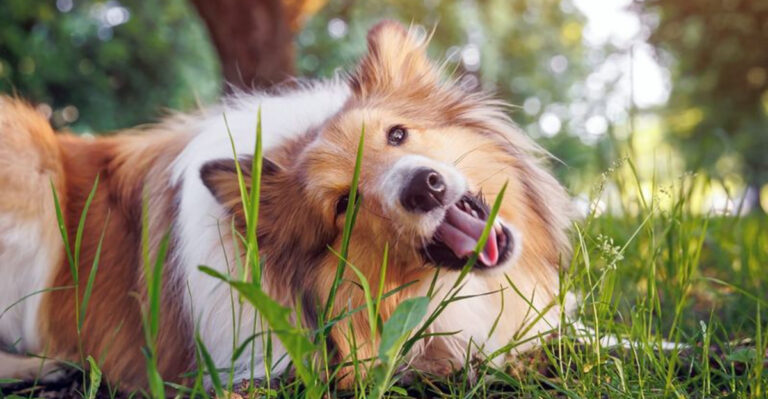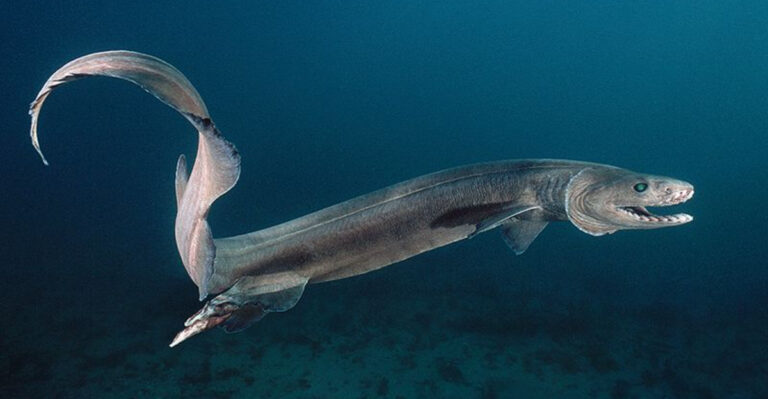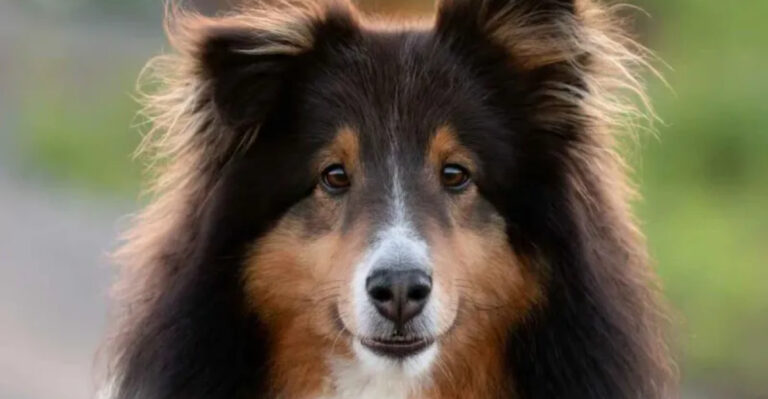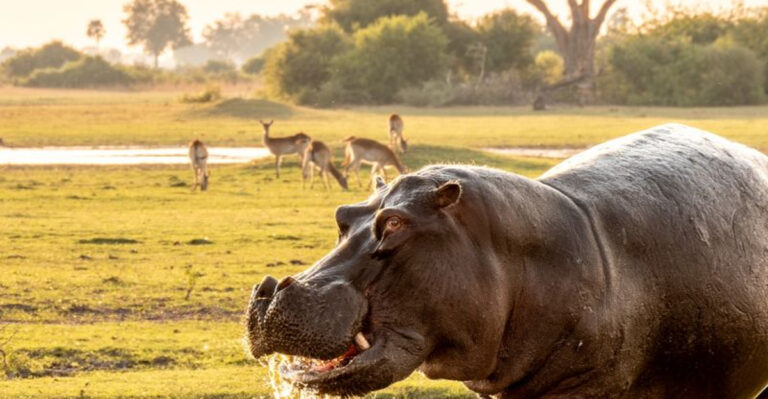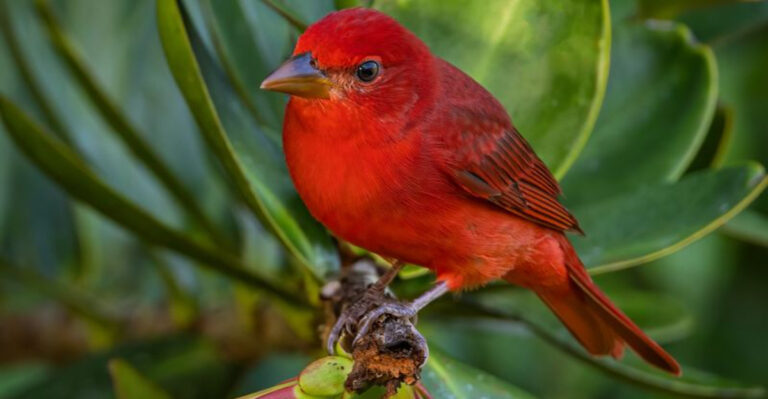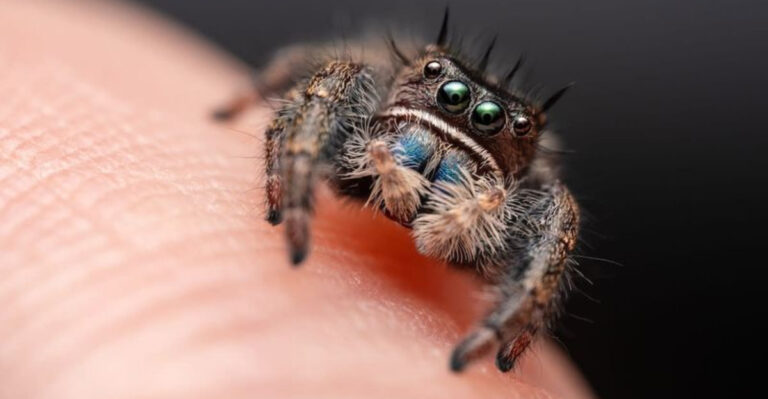14 Reasons Ravens, Magpies, And Crows Are Considered The Smartest Birds
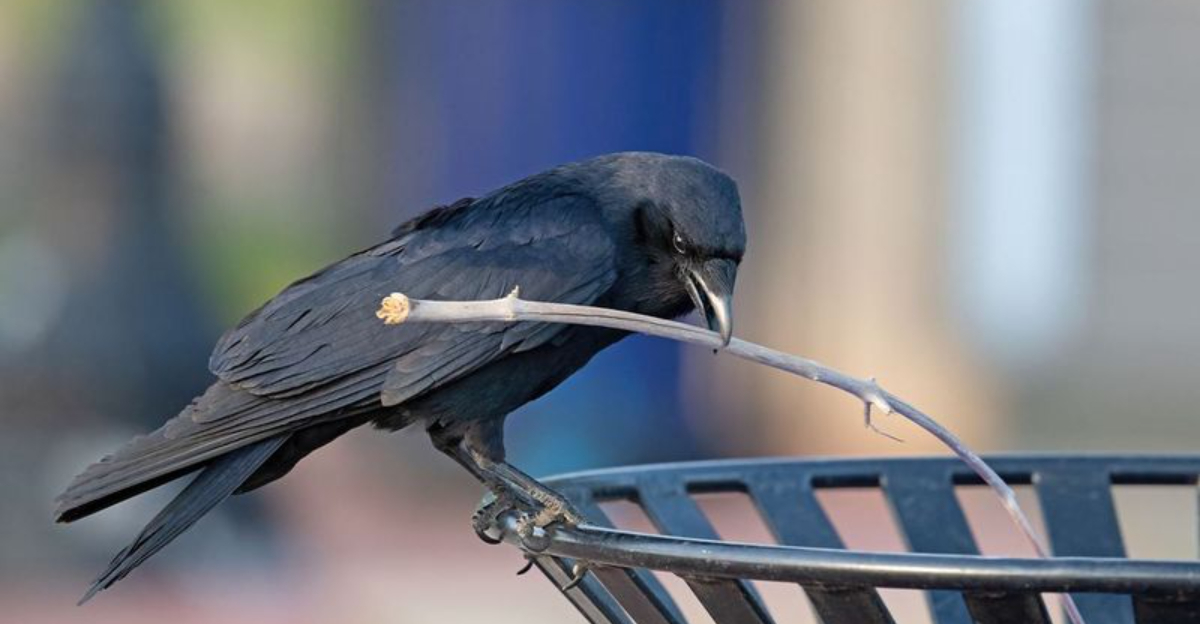
Birds of the corvid family – ravens, crows, and magpies – have fascinated scientists and bird enthusiasts for centuries with their remarkable intelligence.
These black-feathered geniuses solve complex puzzles, use tools, and even recognize human faces with uncanny accuracy.
While most birds are instinct-driven creatures, corvids display problem-solving abilities and social behaviors that rival those of primates, despite having very different brain structures.
1. Tool Creation Masters
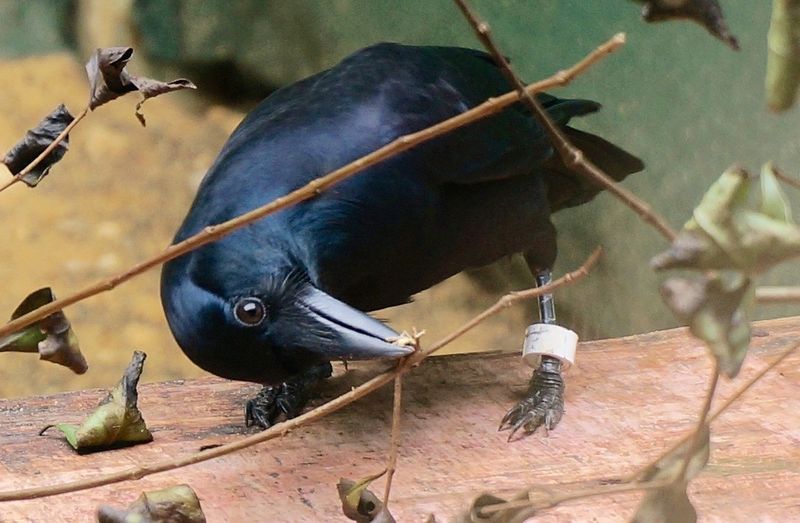
Corvids don’t just use tools – they create them! New Caledonian crows craft specialized hooks from twigs and leaves to fish out grubs from tight spaces. They carefully select materials, shape them with their beaks, and even store their tools for future use.
Scientists have observed these birds modifying their tools based on specific challenges, showing remarkable planning abilities. When faced with a new problem, they’ll adapt their tool design accordingly.
This advanced tool-making was once thought to be exclusive to primates and humans, but corvids have shattered that assumption with their clever craftsmanship.
2. Facial Recognition Capabilities
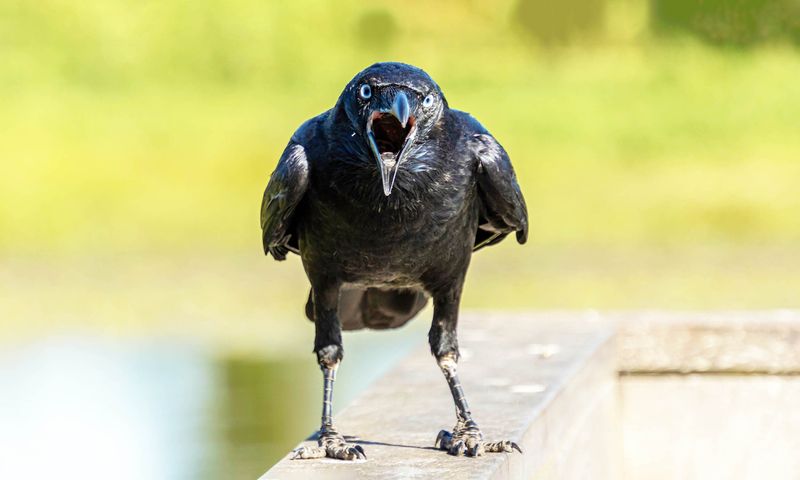
Ever feel like crows are watching you? They might actually remember your face! Studies show crows can identify and remember individual human faces for years, even distinguishing between people who’ve threatened them and those who’ve been kind.
In one experiment, researchers wore masks while capturing and banding crows. Later, those same masked researchers were dive-bombed and scolded by not just the captured birds but entire crow communities who shared the information.
This sophisticated facial recognition system helps crows navigate complex social environments and avoid potential dangers from specific humans.
3. Problem-Solving Prodigies
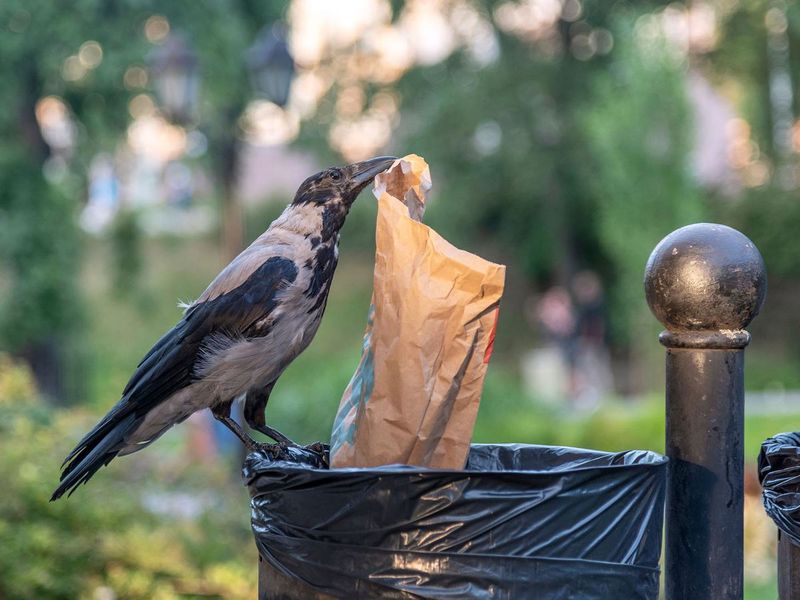
Ravens tackle multi-step problems with ease that would baffle most animals. In lab tests, ravens quickly figure out how to pull up strings to retrieve food, understand cause and effect, and even solve puzzles they’ve never encountered before.
One famous experiment showed ravens dropping stones into water to raise the level and reach floating food – demonstrating understanding of water displacement principles that young children struggle to grasp.
Their problem-solving isn’t just instinctual – they observe, plan, and execute solutions with remarkable flexibility, showing they truly understand the problems rather than following fixed behaviors.
4. Impressive Memory Capabilities
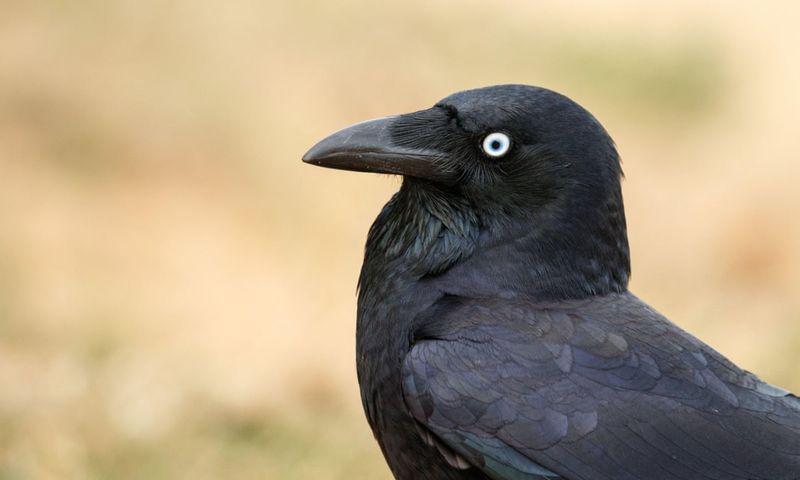
Ravens, magpies, and crows are renowned for their impressive memory capabilities, allowing them to remember faces, locations, and even complex tasks over extended periods.
These birds are able to store information about food sources, potential threats, and social interactions, often recalling these details months later.
Their ability to recognize individuals and adapt to their environment demonstrates just how advanced their memory systems are, making them some of the most intelligent and resourceful birds in the animal kingdom.
5. Self-Awareness Demonstrations

Magpies have joined an elite club of animals that recognize themselves in mirrors – a test that even most primates fail! When researchers placed colored marks on magpies where they could only see them in reflections, the birds tried to remove these marks, showing they understood the reflection was their own body.
This self-recognition indicates a level of self-awareness previously thought to exist only in humans, great apes, dolphins, and elephants. Ravens show similar abilities when tested.
Such awareness suggests these birds have a sense of self that goes beyond basic instinct – a truly remarkable cognitive achievement.
6. Social Intelligence Networks
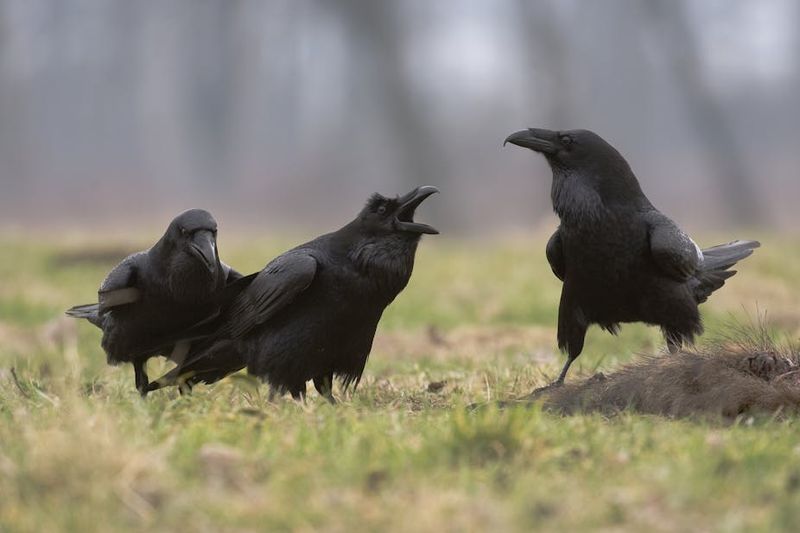
Corvids maintain complex social networks with remarkable intelligence. Crows form tight family units where young birds help raise new siblings before starting their own families – a cooperative breeding strategy requiring sophisticated social understanding.
Ravens form alliances to outcompete rivals for food and mates. They remember which birds have been helpful or harmful in the past and adjust their behavior accordingly. Some studies suggest they even console each other after conflicts!
This social intelligence helps corvid communities thrive through information sharing, coordinated defense against predators, and cooperative problem-solving that benefits the entire group.
7. Deceptive Behavior Tactics
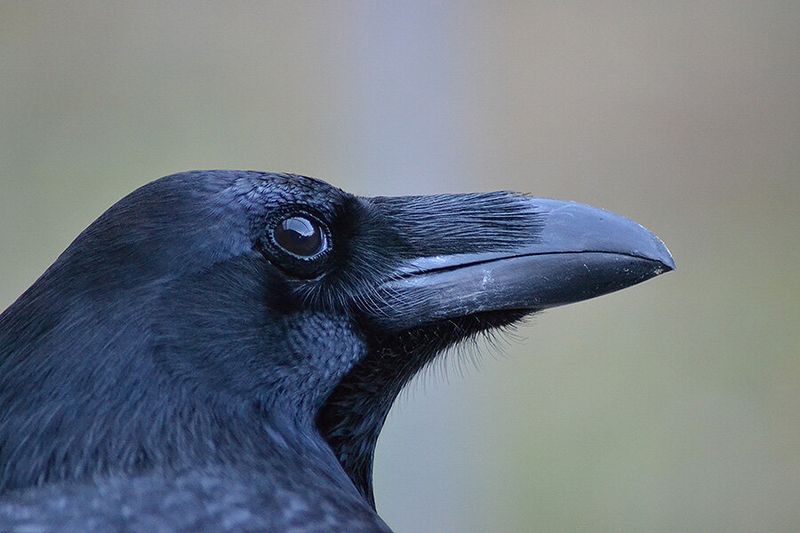
Corvids are nature’s master tricksters! Ravens have been observed creating diversions to steal food from other animals. They’ll pretend to be interested in something else, then quickly swoop in when the competition looks away.
Even more impressively, they understand when other birds might be trying to trick them. In experiments where corvids watched humans hiding food, they would re-hide their treats if another bird was watching them – showing they understand others might have intentions to steal.
This capacity for deception requires a sophisticated understanding of others’ minds and intentions – a cognitive skill once thought unique to humans.
8. Adaptable Learning Abilities

Urban crows have mastered modern human environments in ways that showcase their adaptability. Japanese crows place nuts on roads for cars to crack open, then wait for traffic lights to change before safely retrieving their snack!
In cities worldwide, corvids have learned to open garbage bins, use bread as fishing bait, and even collect coins they’ve observed humans valuing. Some have figured out how to use the updraft from building ventilation systems to crack nuts dropped from height.
This rapid adaptation to human environments demonstrates their exceptional ability to learn new skills and pass them to others in their community.
9. Advanced Communication Systems
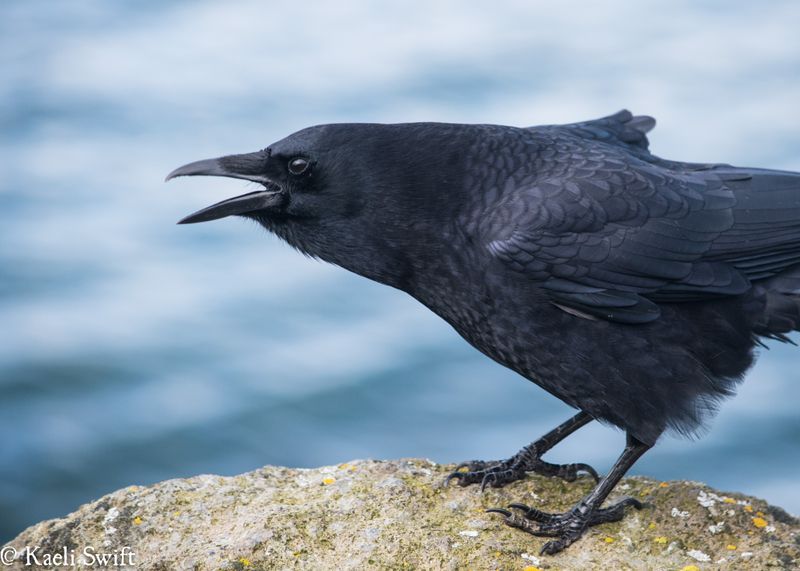
Corvids communicate with sophisticated vocal and physical signals that go far beyond simple calls. Ravens have over 30 distinct vocalizations with specific meanings – from warning about predators to announcing food discoveries.
They can describe specific threats, direct others to food sources, and even appear to gossip about other birds! Researchers have observed ravens sharing information about dangerous humans with birds who weren’t present during the original encounter.
Crows use gestures too, pointing with their beaks to direct attention or using specific body postures to signal intentions – communication methods showing remarkable parallels to early human language development.
10. Delayed Gratification Understanding

Corvids show impressive self-control by understanding delayed gratification – the ability to wait for better rewards rather than taking immediate smaller ones. Ravens have passed tests where they choose to wait for better food rather than taking immediately available lesser treats.
This ability requires both impulse control and future planning, cognitive skills many animals lack. In one study, crows consistently chose to wait for higher-quality food, showing patience comparable to chimpanzees.
Such self-control indicates these birds can mentally project into the future and make decisions based on anticipated outcomes rather than just immediate desires – a hallmark of advanced intelligence.
11. Causal Reasoning Capabilities
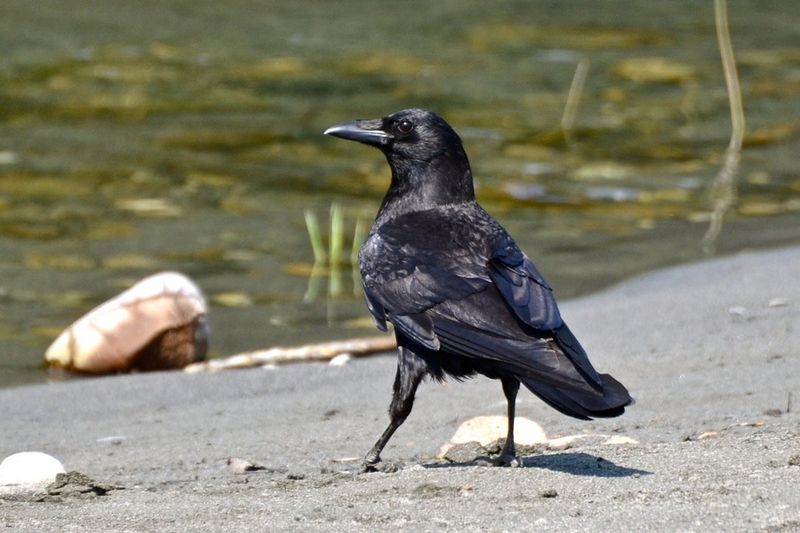
Corvids understand cause and effect relationships in ways that astound researchers. When faced with a tube containing water and a floating treat, New Caledonian crows quickly grasp that dropping stones raises the water level to bring food within reach.
More impressively, they select objects that sink rather than float and choose larger stones that raise water levels faster – showing they understand the physical principles involved. Some corvids have even figured out how to bend wire into hooks when straight tools won’t work.
This causal reasoning allows them to solve novel problems without trial and error, demonstrating true understanding rather than conditioned responses.
12. Cultural Knowledge Transmission
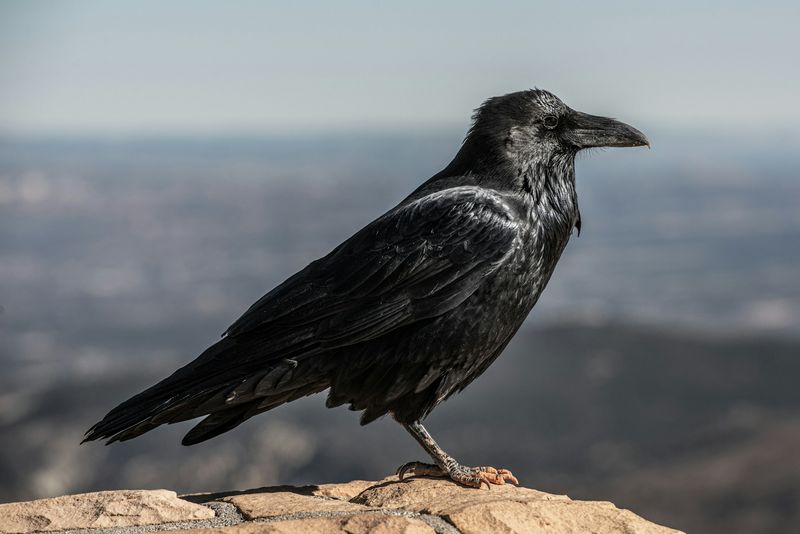
Corvids don’t just learn individually – they develop cultures! Young crows learn specific skills from parents and community members, creating regional “traditions” that persist across generations. In some areas, crows have distinctive food-washing behaviors or specialized hunting techniques unique to their group.
When corvids discover new solutions to problems, these innovations spread through social learning. One famous example is the spread of milk-bottle opening behavior among British tits (corvid relatives) – a skill that spread across the country as birds learned from each other.
This cultural transmission allows corvid communities to collectively build knowledge over time, similar to human cultural evolution.
13. Emotional Intelligence Signs
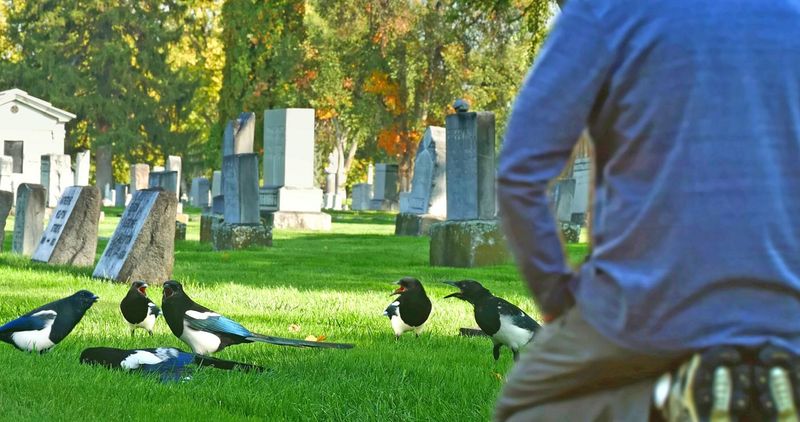
Corvids show signs of emotional lives that surprise many researchers. Ravens appear to comfort each other after conflicts, offering reconciliatory gestures to reduce tension. They’ve been observed bringing gifts to humans who regularly feed them – suggesting appreciation or social bonding.
Magpies have been documented holding “funerals” when they find dead magpies, gathering around the body and placing grass or twigs nearby in what appears to be mourning behavior. Researchers debate whether this represents true grief or predator awareness.
While we can’t know their subjective experiences, these behaviors suggest emotional processing that goes beyond simple instinct.
14. Playful Problem Engagement
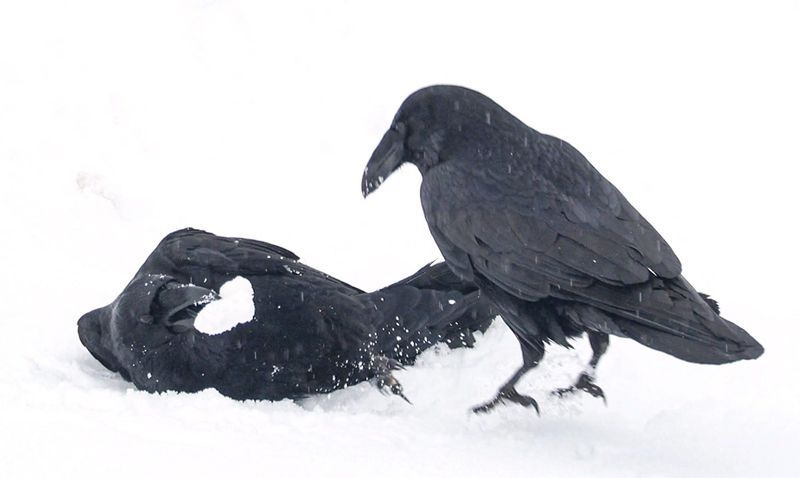
Corvids love to play – not just for fun, but as a way to develop their impressive cognitive skills. Ravens have been observed sliding down snowy slopes repeatedly, apparently just for enjoyment! They create and play with toys, tossing objects in the air and catching them.
Young crows engage in complex social play that helps develop problem-solving abilities and social bonds. They practice skills like tool use and food hiding through playful activities long before they need them for survival.
This playfulness continues into adulthood, suggesting these birds have mental capacity beyond immediate survival needs – a hallmark of advanced intelligence.

